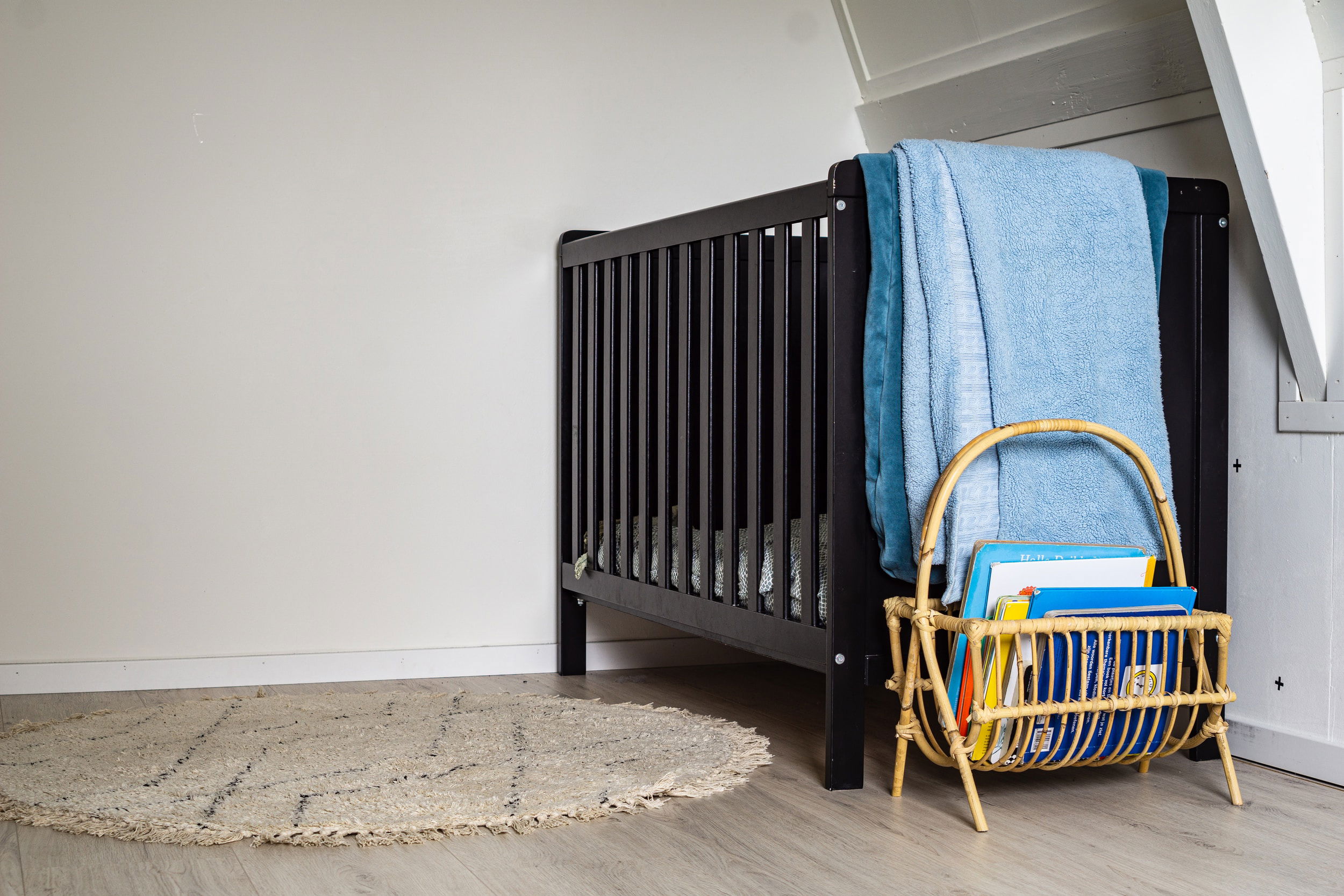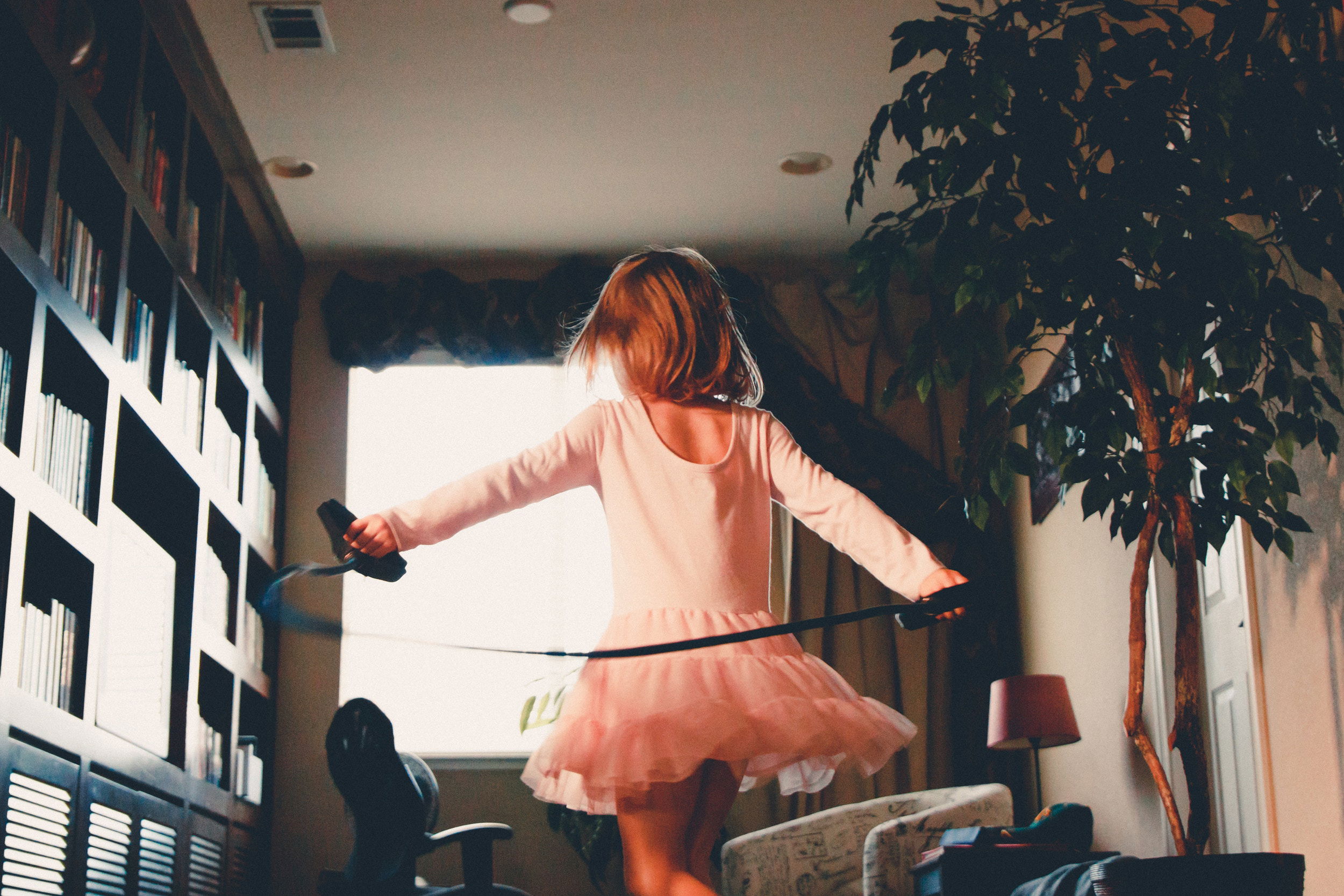Childproofing Your Home: A Comprehensive Guide to Keeping Kids Safe
As a parent or caregiver, ensuring the safety of your children is paramount. Childproofing your home is an essential step in creating a secure environment for your little ones to explore and grow. From curious infants to energetic toddlers, children have an uncanny ability to get into unexpected situations. This comprehensive guide aims to provide you with a range of strategies and tips to childproof your home effectively.

Identify Potential Hazards
The first step in childproofing your home is to identify potential hazards. Get down to your child's eye level and assess each room carefully. Look for sharp edges, small objects, chemicals, and anything that might pose a risk to your child's safety. Common hazards include:
- Electrical Outlets: Cover electrical outlets with safety plugs or outlet covers to prevent children from inserting objects.
- Cords and Cables: Secure cords from blinds, electronics, and lamps out of reach or use cord organizers to prevent strangulation hazards.
- Sharp Furniture Corners: Attach corner guards or bumpers to furniture with sharp corners, such as tables and countertops.
- Small Objects: Keep small items like coins, buttons, and small toys out of reach to prevent choking hazards.
- Medications and Cleaning Products: Store all medications and cleaning products in locked cabinets or out of reach.
Childproofing Strategies
Once you've identified potential hazards, it's time to implement childproofing strategies to mitigate these risks.
- Baby Gates: Install baby gates at the top and bottom of stairs and in rooms where you want to restrict access.
- Cabinet Locks and Latches: Use locks and latches to secure cabinets, drawers, and appliances that contain hazardous items.
- Door Knob Covers: Prevent children from opening doors to rooms with potential dangers, such as bathrooms or utility rooms.
- Window Guards: Install window guards to prevent children from falling out of open windows.
- Anchoring Furniture: Anchor heavy furniture, such as dressers and bookshelves, to the wall to prevent tipping.
- Stove and Oven Guards: Use stove and oven guards to keep children away from hot surfaces and prevent burns.
Safe Sleep Environment
Creating a safe sleep environment is crucial to reduce the risk of sudden infant death syndrome (SIDS) and other sleep-related hazards.
- Crib Safety: Ensure that the crib meets safety standards, has a firm mattress, and is free of pillows, blankets, and stuffed animals.
- Sleep Position: Always place infants on their backs to sleep.
- Room Sharing: Consider having your baby sleep in the same room but not the same bed as you.
Fire and Carbon Monoxide Safety
Protect your family from fire and carbon monoxide hazards with these precautions.
- Smoke Alarms: Install smoke alarms on every floor and outside sleeping areas. Test them monthly and change the batteries at least once a year.
- Carbon Monoxide Detectors: Place carbon monoxide detectors near sleeping areas and check them regularly.
- Fire Extinguishers: Have fire extinguishers on hand and ensure that family members know how to use them.
Supervision and Education
Even with thorough childproofing, proper supervision and education are essential for child safety.
- Constant Supervision: Keep a close eye on your child, especially when they're exploring new areas or engaging in activities with potential risks.
- Teach Safety Rules: Educate your child about basic safety rules, such as not touching electrical outlets or playing with dangerous objects.

Conclusion
Childproofing your home requires a combination of identifying potential hazards, implementing safety measures, and educating your children about potential dangers. By following the strategies outlined in this comprehensive guide, you can create a secure environment that allows your children to explore and thrive safely. Remember, childproofing is an ongoing process. As your child grows and develops new abilities, you'll need to adapt your safety measures accordingly. By staying vigilant and proactive, you can ensure that your home remains a safe haven for your family.
Sources:
- American Academy of Pediatrics. (2021). A Parent's Guide to Childproofing Your Home. https://www.healthychildren.org/English/safety-prevention/at-home/Pages/A-Parents-Guide-to-Childproofing-Your-Home.aspx
- Safe Kids Worldwide. (2021). Childproofing Your Home Room by Room. https://www.safekids.org/childproofing-your-home-room-room
- Mayo Clinic. (2021). Babyproofing Your Home: 10 Safety Devices to Protect Your Children. https://www.mayoclinic.org/healthy-lifestyle/infant-and-toddler-health/in-depth/childproofing/art-20043883
- National Safety Council. (2021). Childproofing Your Home. https://www.nsc.org/home-safety/safety-topics/child-safety/childproofing
- Centers for Disease Control and Prevention. (2021). Protect the Ones You Love: Child Injuries are Preventable. https://www.cdc.gov/safechild/index.html